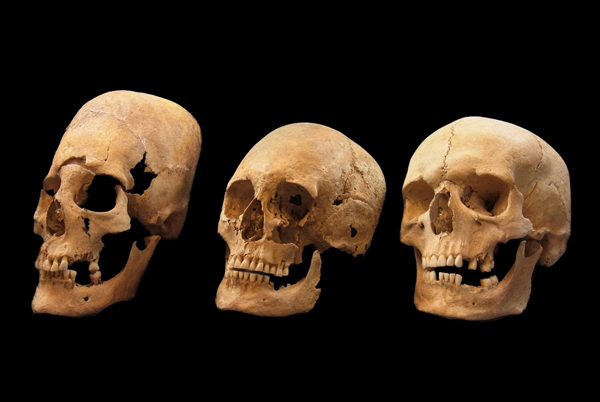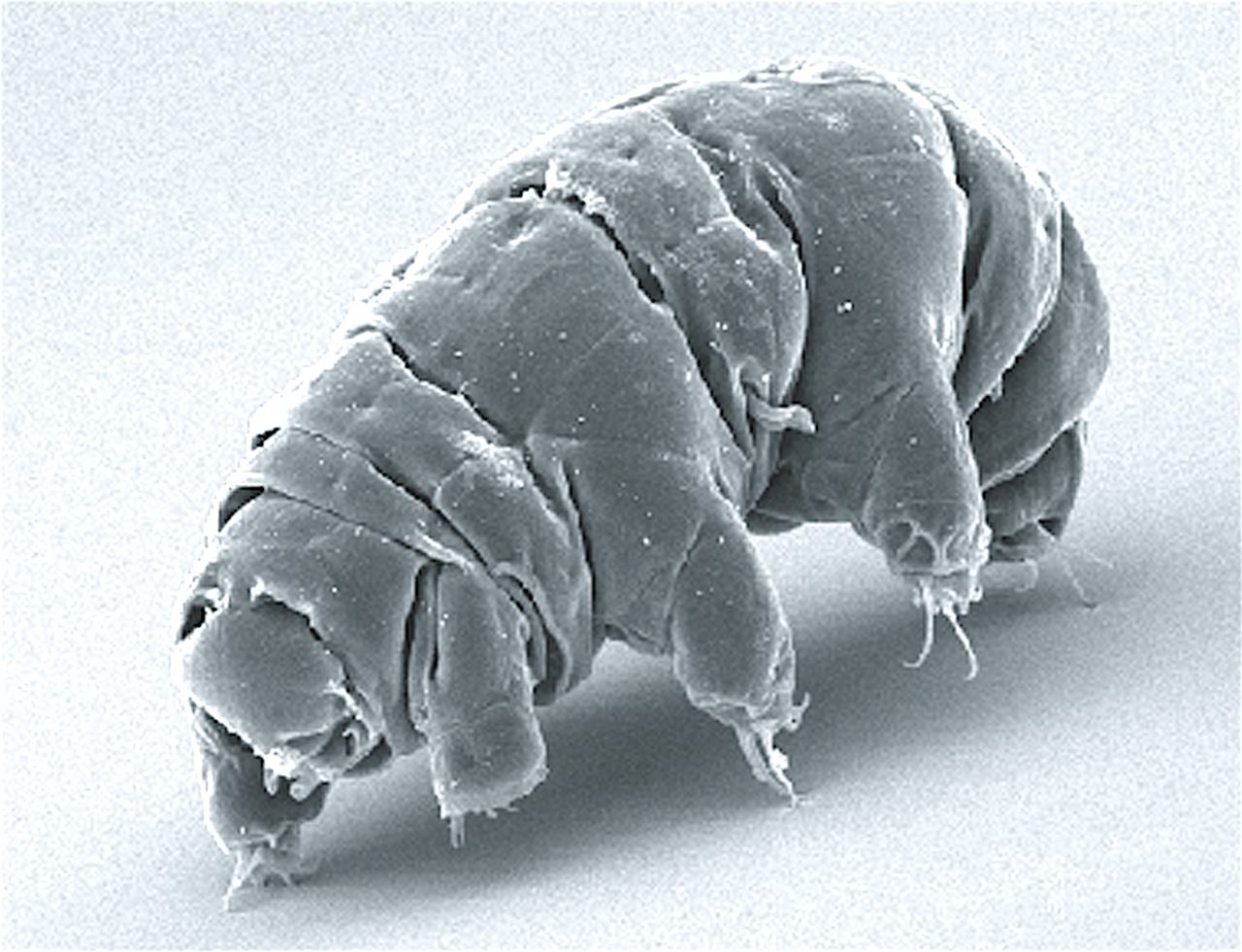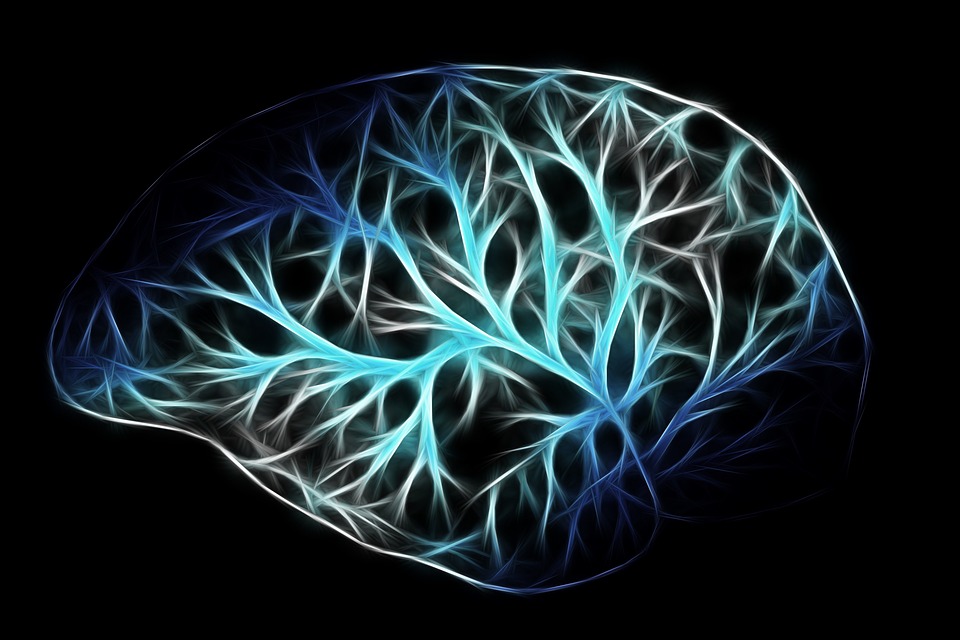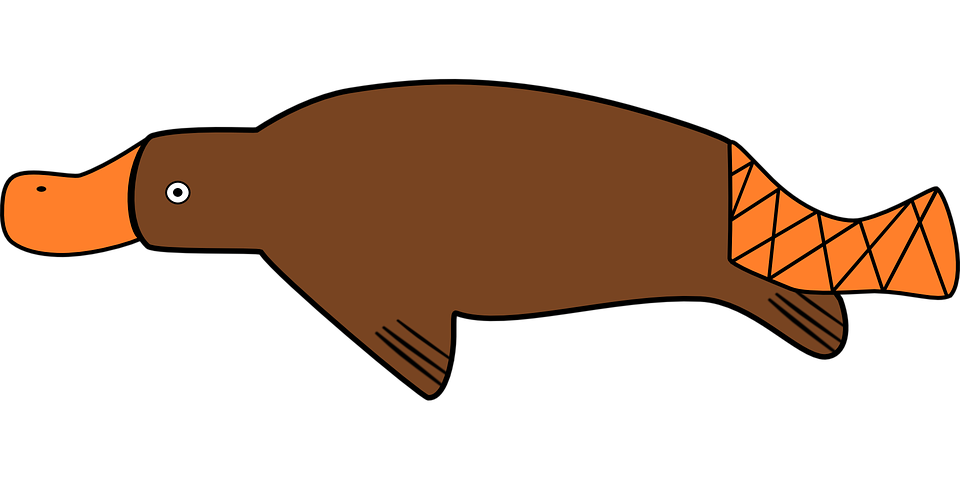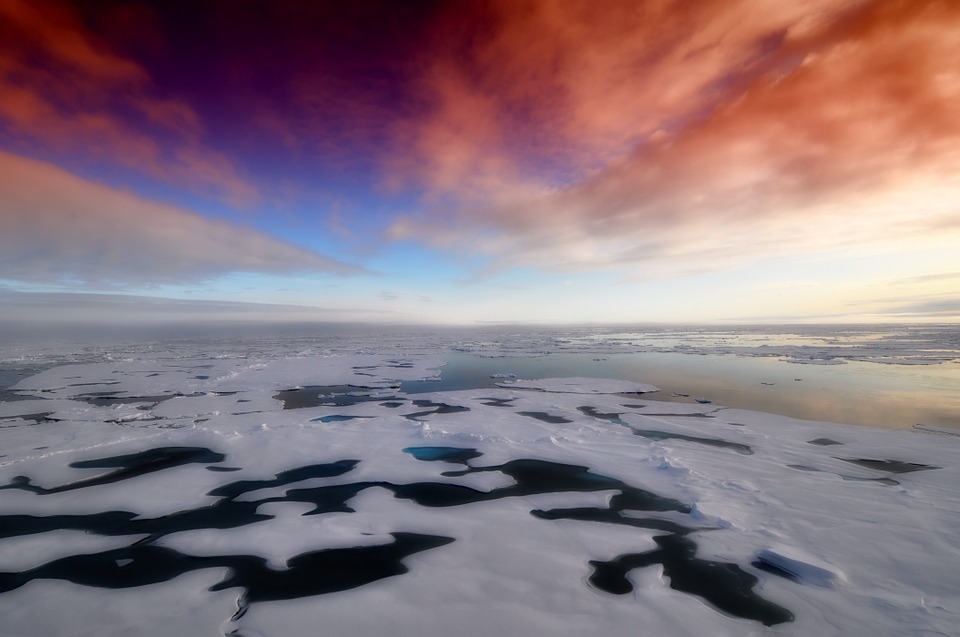TECH: We May Finally Get Our Flying Cars
A “flying car” company funded by Google co-founder Larry Page seems to finally have a prototype that looks something like a personal aircraft people might actually use. The company, Kitty Hawk, released a video and statement debuting the vehicle, called Cora, today (March 13). Cora looks a bit like a tiny, one-seater airplane, but its wings are studded with small, upward-facing propellers that allow it to take off and land vertically. According to the video, the Cora is fully automated and fully electric, and requires no piloting skills to operate. That’s a far cry from another device Kitty Hawk unveiled … Read more




